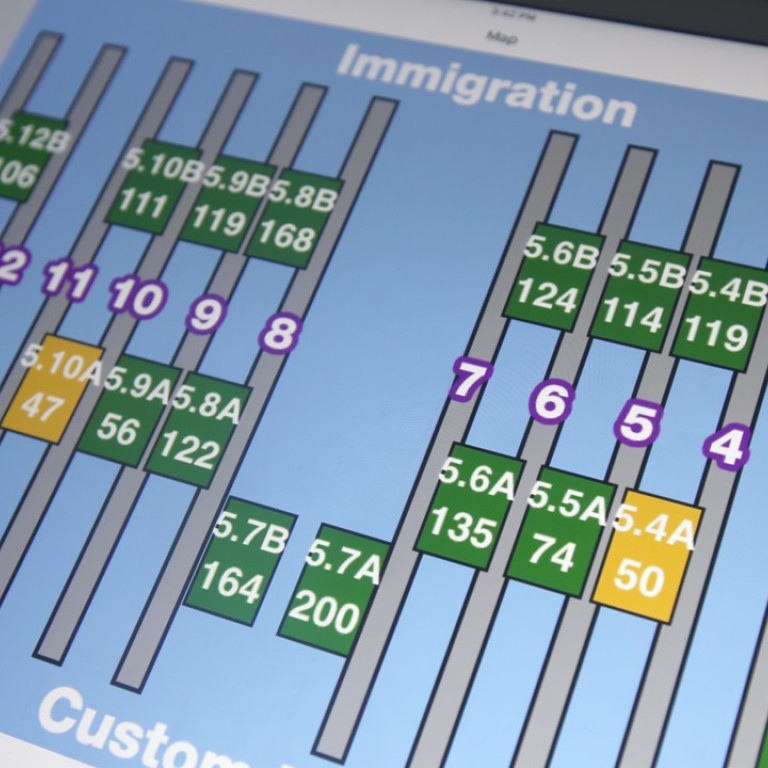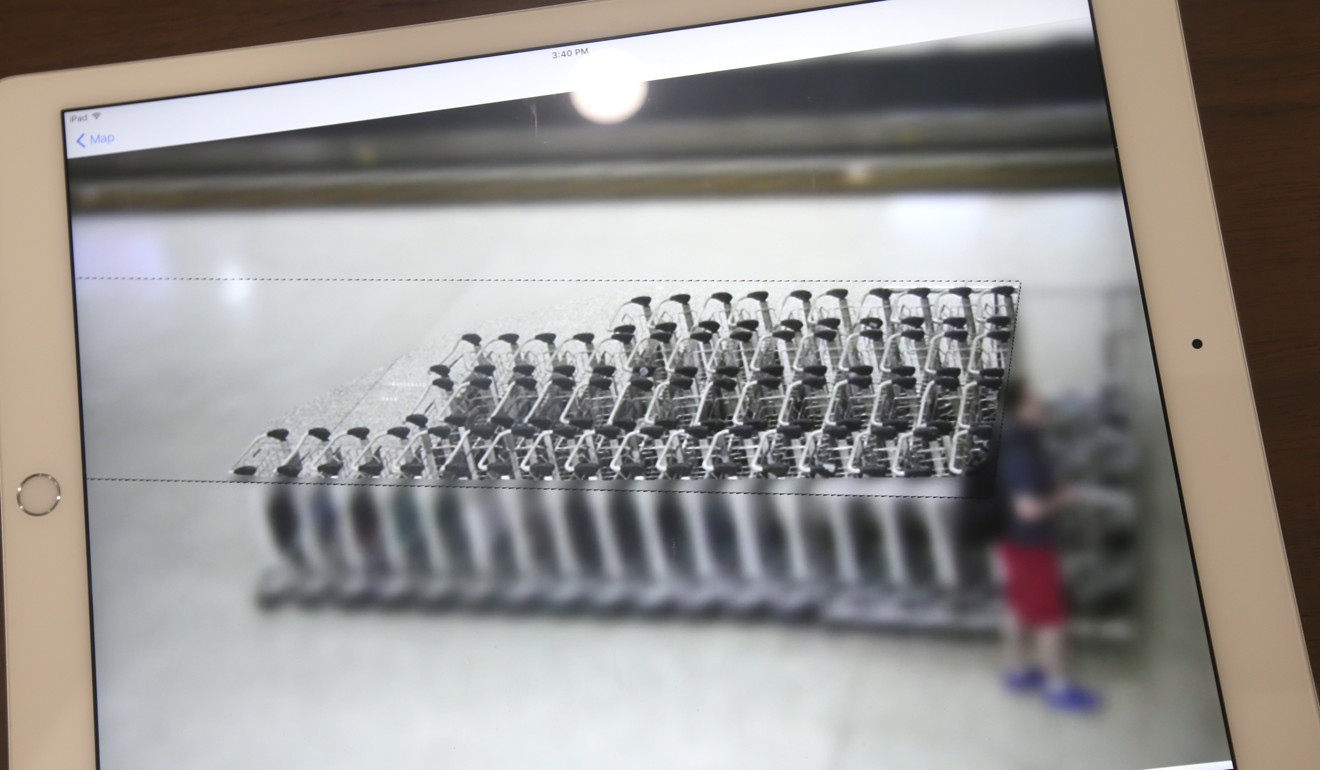
Trolley dash at Hong Kong airport as new monitoring system ensures passengers never left holding their bags
Engineers at Chinese University have developed a real-time artificial intelligence-based monitoring system that sends an alert to managers when the number of trolleys drops below 50
Airline passengers arriving at Hong Kong airport may never again have to worry about the availability of baggage trolleys thanks to the development of a real-time artificial intelligence-based monitoring system by engineers at Chinese University.
The system’s AI analyses video – similar to existing facial recognition technology – of trolleys set up in designated areas in the airport. When it detects fewer than 50 trolleys, the system sends out an alert to trolley managers on the floor, through a smartphone app, to replenish.
Since the system was deployed on a trial basis at the airport’s baggage collection area in November, it has achieved 92 per cent accuracy in detecting the number of trolleys, according to the development team.
“The airport had the problem [of not having enough trolleys] and they went to the LSCM R&D Centre [Research and Development Centre for Logistics and Supply Chain Management Enabling Technologies] ... after a simple trial in 2014 they were excited about the possibility,” team leader Professor Cheng Chun-hung said.

There are around 13,000 baggage trolleys distributed throughout the airport to serve 70.5 million travellers who come through the airport every year.
The previous method of trolley replenishment involved a manager personally inspecting the number of trolleys available for passengers.
“The problem was that at that moment you might have enough, but if a super jumbo with 600 people lands, then they will be all gone quickly,” Cheng said.
“And you can’t distribute passengers to different baggage carousels, they all go to the same carousel.”
The manager will not see the depleted trolleys until they make their next round, while the system can immediately notify staff of the depletion.
Smart Airport general manager at Airport Authority, Chris Au Young, said the system improved the service level of trolley availability in the baggage reclaim hall.

Cheng said that the system was “a low-cost solution” since the technology can be installed on an existing camera network of any area. He did not reveal the actual costs.
However, implementing the system in outdoor areas was more difficult.
Unstable lighting of outdoor areas decreased the system’s ability to accurately count the number of trolleys available.
But Cheng said his team is working on improving it and hopes the system can be deployed outdoors in the near future.
Interest for the system has been from other airports, government agencies and warehouses.
“Since trolley management is a common challenge for most airports in the world, this would be a good opportunity to export such a solution and Hong Kong International Airport would be a good showcase to illustrate the business benefits,” Au Young said.
Captured images will only show trolleys and will automatically blur the surrounding areas to protect privacy.

